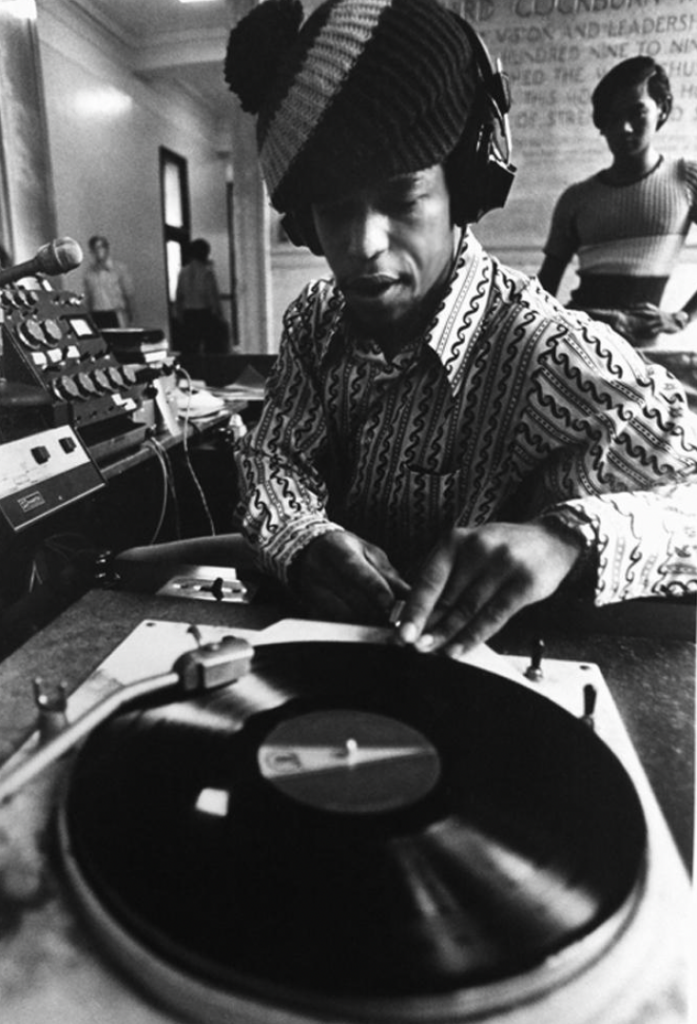
Photo: Margaret Foote, Courtesy MIT Museum
In celebration of Black History Month, we invite you to explore the MIT Black History Project, founded in 1995 by Clarence G. Williams. The MIT Black History Project documents the MIT Black experience since the Institute opened in 1865, highlighting the contributions of Black thought leaders, creatives, faculty, staff, students, and essential figures who have contributed to the history and legacy of MIT.
Pictured is Waayl Ahmad Salih, whose given name was Milton David Dailey. He began going by Ahmad Salih after joining the Republic of New Afrika (RNA), a black nationalist organization, in 1970 and changed his name legally in 1971 because MIT wouldn’t put an alias on his degree.
Dr. Salih was a student activist at MIT who later became an engineer and then a physician. He holds SB (1972), MS (1973), and EAA (1974) degrees, each from the Department of Aeronautics and Astronautics at MIT; an MS (1977) in Biomedical Engineering from Stanford University; and an MD (1985) from the University of California at Irvine.
The photo captures Dr. Salih deejaying for “The Ghetto” in Lobby 10, 1972. The first MIT student broadcasting station was originally signed on in 1946 as WMIT, becoming WTBS 88.1 FM in 1961. After seeing a need for radio for the Boston Black community, Black Students’ Union members created a show called The Ghetto in 1969-70.
The soul-music radio program was run by Black MIT students and gained popularity in the Cambridge/Boston area. Show creators Waayl Ahmad Salih ’72, SM/EAA ‘73 and James “JC” Clark ’76, SM ’81 named The Ghetto radio show after Donny Hathaway’s 1970 song. Their faculty advisor was longtime MIT electrical-engineering professor Amar Bose ‘51, founder of the Bose company.
This post largely quoted from the MIT Black History Project Archive


